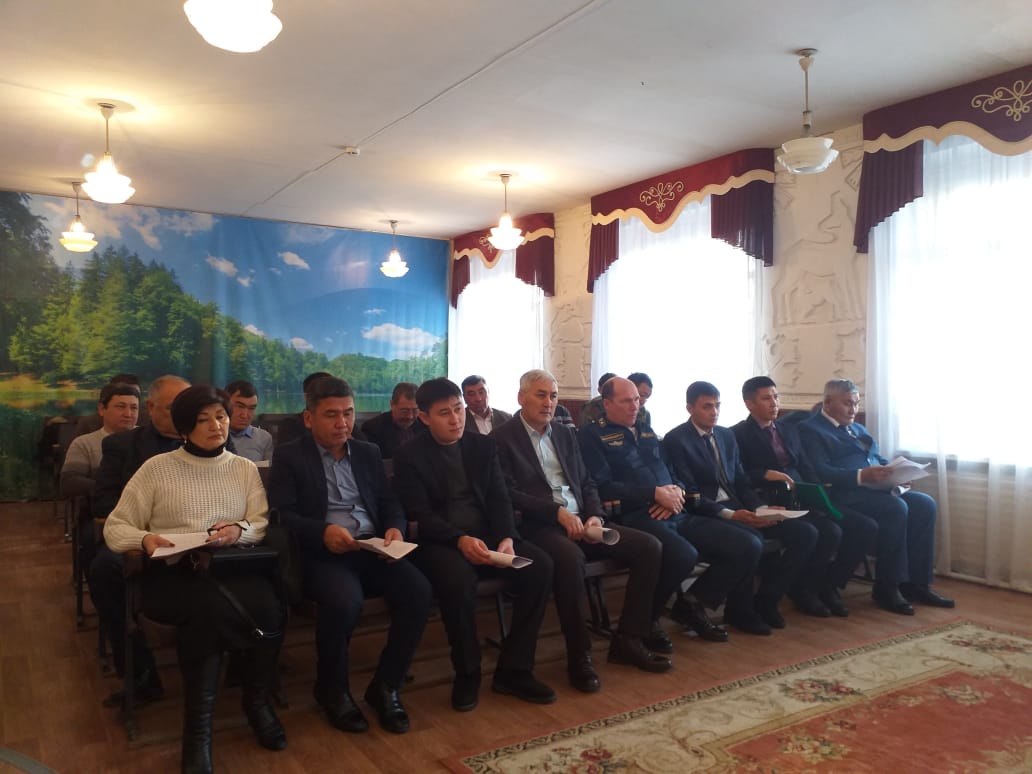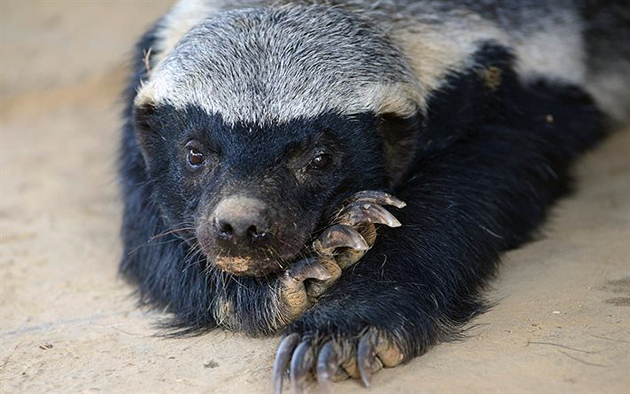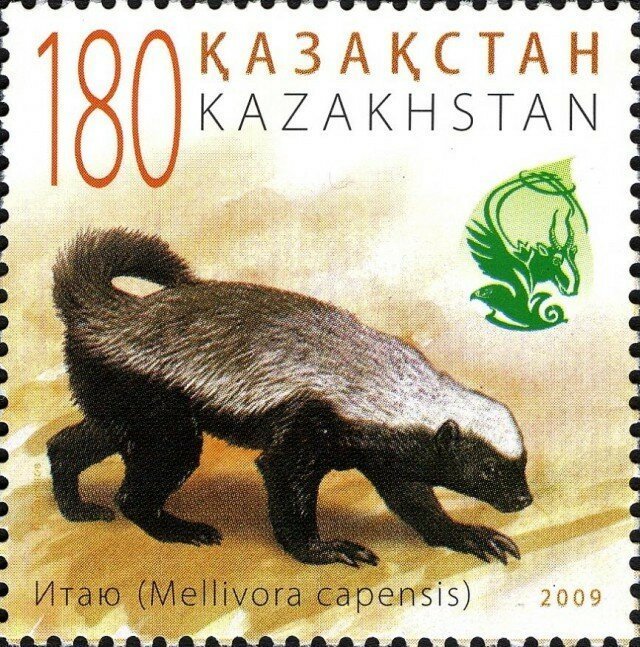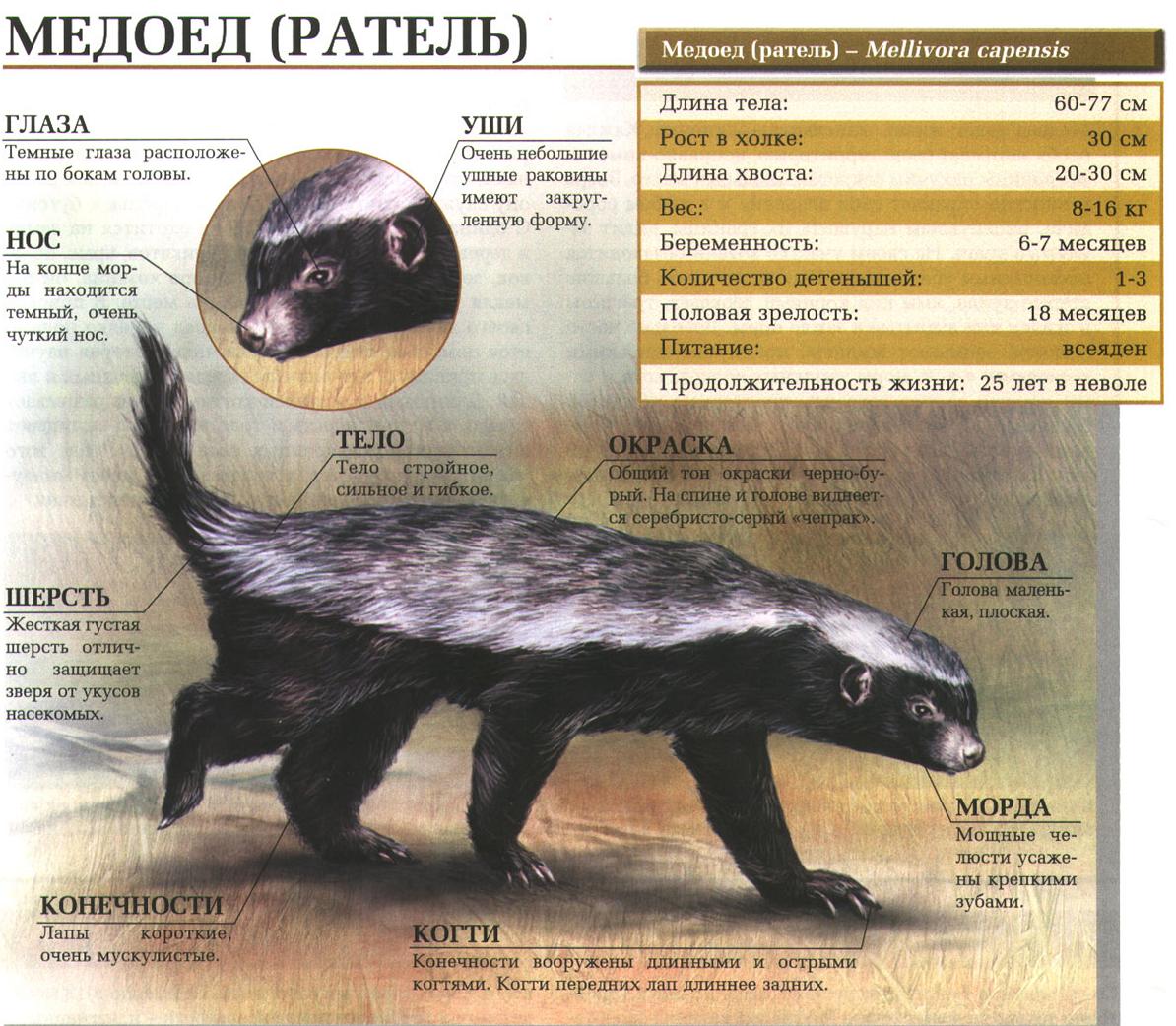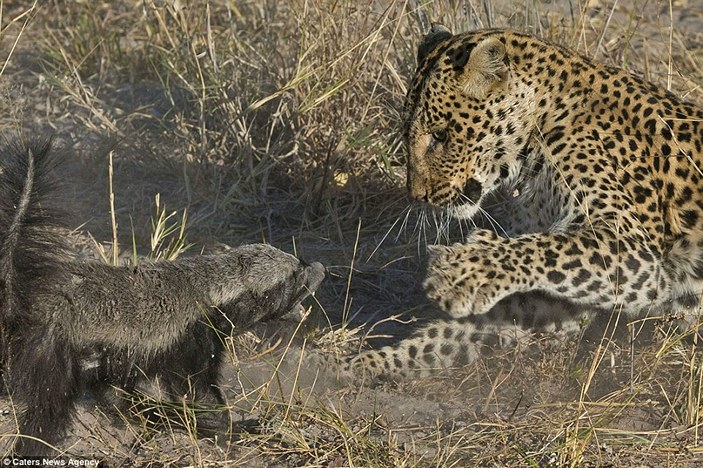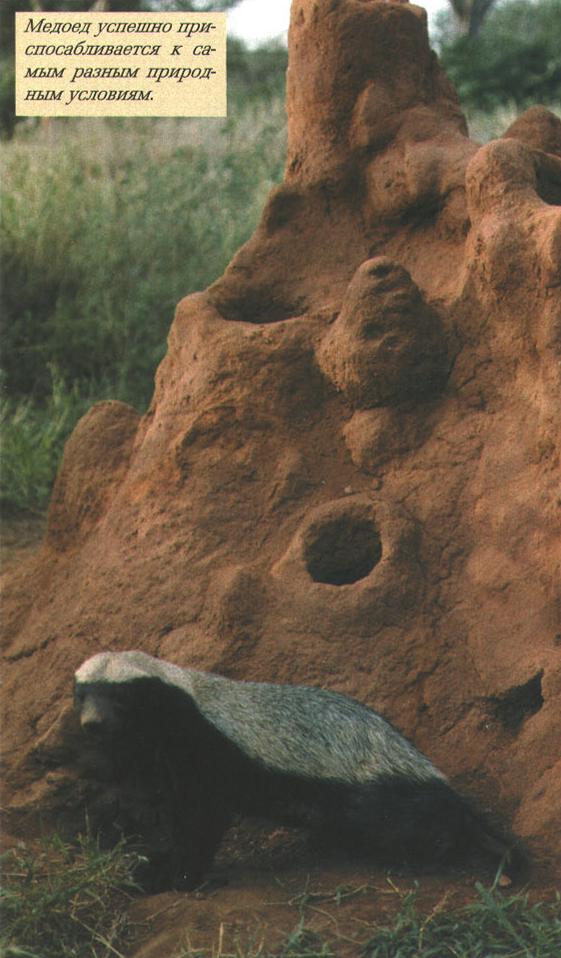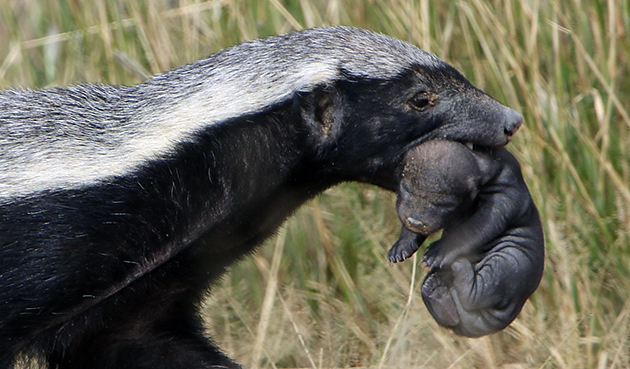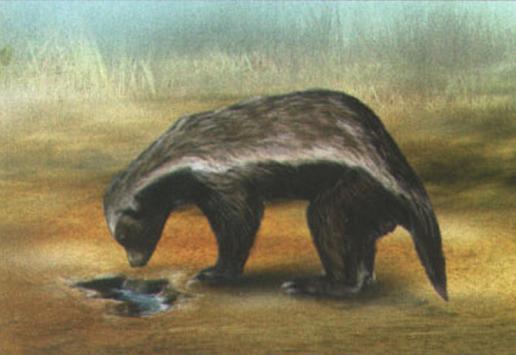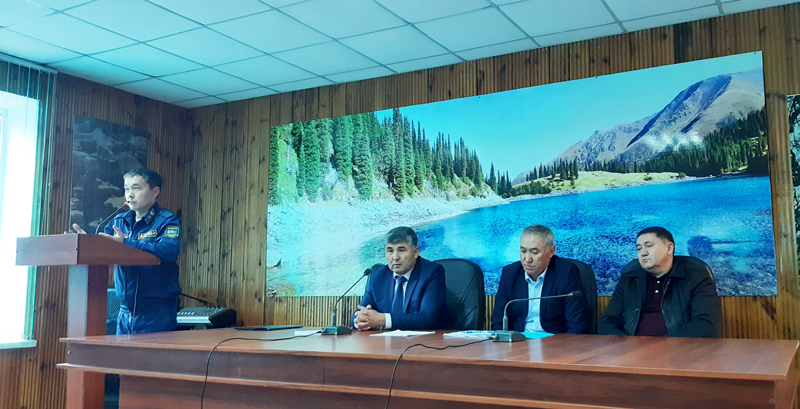The history of the establishment of aviation forest protection in the USSR, the Russian Federation and the Republic of Kazakhstan. Chapter 4
With this article, we continue the series of publications devoted to the history of the establishment of aviation forest protection in the USSR, the Russian Federation and the Republic of Kazakhstan.
Chapter 4. From the nineties of the XX century - to Aviation protection at the present stage.

Departmental aviation: An-26 aircraft and Mi-8 MTV helicopter.
Creation of a departmental fleet in a transition economy. Technical innovations. Creation of a federal reserve. FDS and ISDM Rosleskhoz. " The work of FBU Avialesohrana and regional specialized institutions. The collapse of the Soviet Union and the transition to a market economy could not but affect the state of aviation forest protection.
Departmental aviation: An-26 aircraft and Mi-8 MTV helicopter.
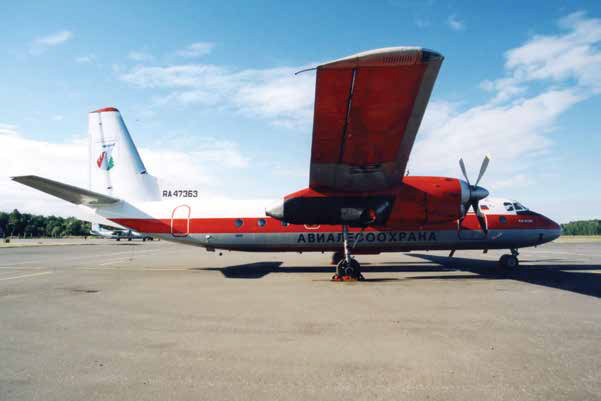
An-26 aircraft intended for the delivery of paratroopers, firefighters, air patrolling and artificial precipitation.
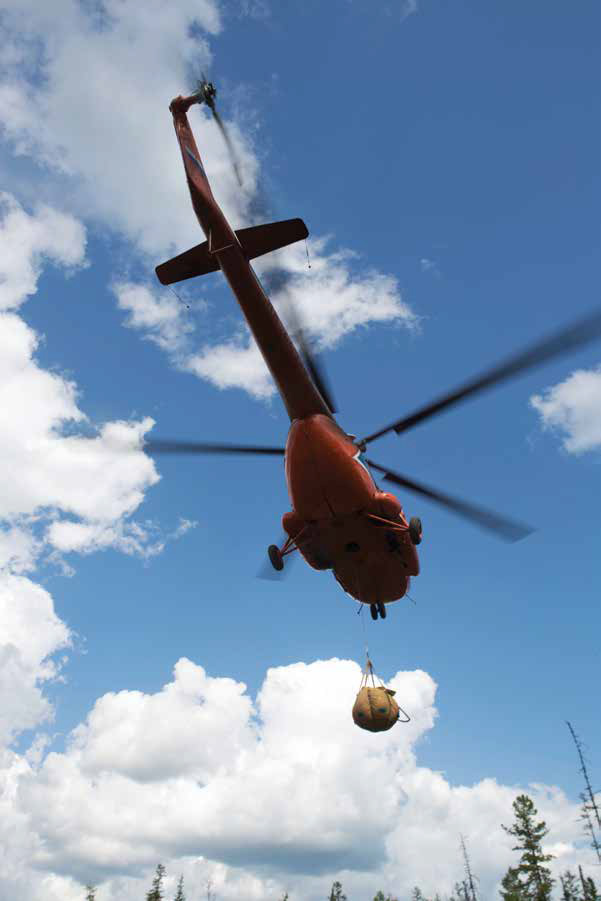
Transportation of water in a soft container P-1.00 to a fire.
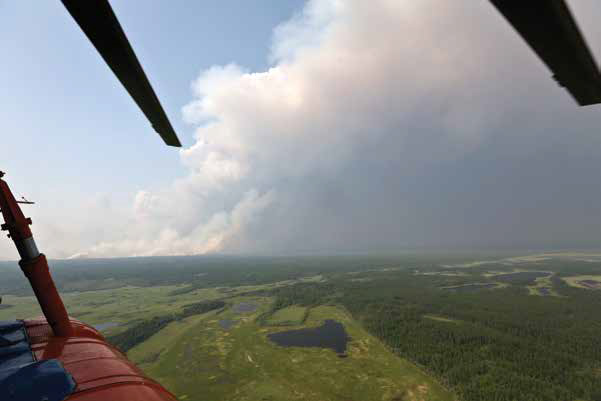
Forest fire. The view from the helicopter.
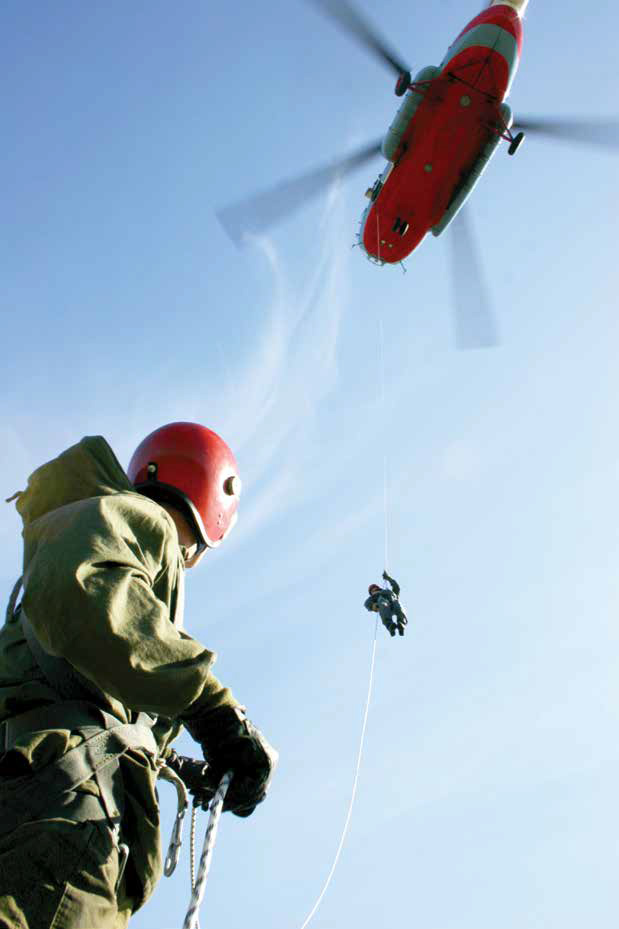
Landing on a fire using a missile launcher.
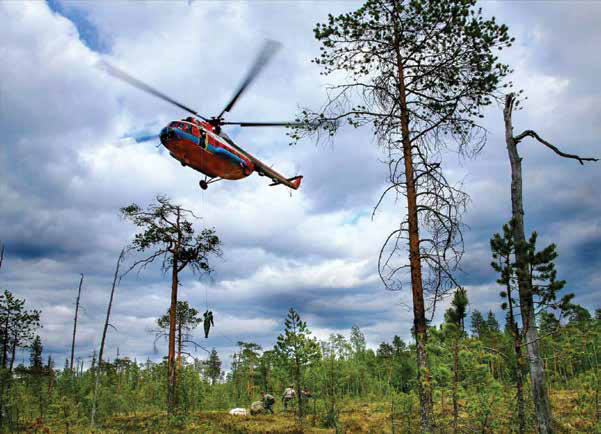
Landing a group of paratroopers firefighters in the forest.
To be continued...




